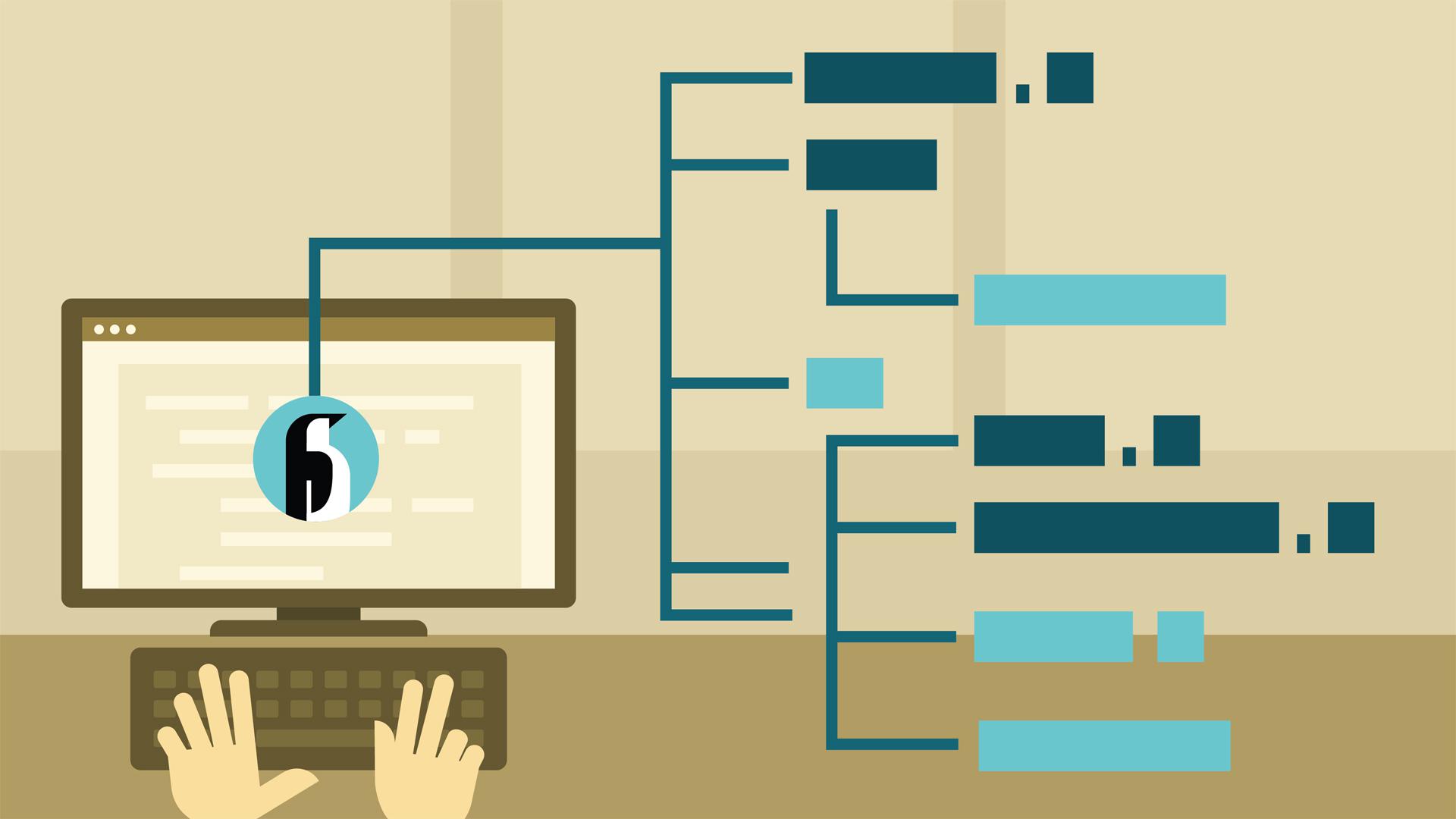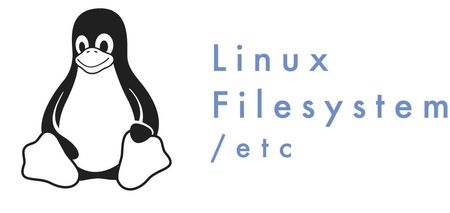Installing ClamAV for File Scanning
Virus scanning with ClamAV
Until this time, Linux has experienced only a small number of viruses. Some of these viruses still exist but aren’t active, and they certainly don’t propagate. As Linux on the desktop reaches critical mass, there’s a possibility that more viruses will appear, but that may still be a long ways off.

Linux plays a critical role in server systems. Thus, virus scanners for Linux are essential when serving e-mail or files to clients. If you can remove the viral threat before it hits the clients, those clients become safer and less prone to infection.
One open source virus scanner that deserves mentioning is ClamAV. You can plug ClamAV directly into e-mail servers, and it will scan for viruses as the e-mail arrives—before it’s delivered to users’ mailboxes. It also performs routine scans on files that are served up to clients via sharing.
ClamAV works as a client/server system, but you can use it as a stand-alone scanner as well.
Install ClamAV From Source
If you installed from sources, first uninstall the old version:
./configure
sudo make uninstall
Firstly, let’s process A command to create a user with clamav,
Some OS’s require you to add the group as well.
# groupadd clamav
# useradd clamav
Create and chown the directories
mkdir /var/log/clamav /var/lib/clamav /var/run/clamav
touch /var/log/clamav/clamd.log /var/log/clamav/freshclam.log
touch /var/run/clamav/clamd.socket
chown -R clamav:clamav /var/log/clamav /var/lib/clamav /var/run/clamav

Download the latest stable ClamAV distribution from https://www.clamav.net/downloads
Expand the distribution that include Linux Filesystem Hierarchy and cd into the resultant directory and build ClamAV using:
tar -xzf clamav-*
cd clamav*
./configure
--prefix=/usr \
--sysconfdir=/etc/clamav \
--sbindir=/usr/bin \
--with-dbdir=/var/lib/clamav \
--with-user=clamav \
--with-group=clamav \
--disable-rpath \
--disable-clamav \
--disable-llvm \
--enable-zlib-vcheck \
--disable-milter \
--enable-clamdtop
make
sudo make install
Summary of engine detection features
Summary of detected features follows
OS : linux-gnu
pthreads : yes (-lpthread)
Summary of miscellaneous features
check : no (auto)
fanotify : yes
fdpassing : 1
IPv6 : yes
openssl : /usr
libcurl : /usr
Summary of optional tools
clamdtop : yes (-L/usr/lib64 -lncurses)
milter : no (missing libmilter) (disabled)
clamsubmit : no (missing libjson-c-dev.) (disabled)
clamonacc : yes (auto)
Summary of engine performance features
release mode: yes
llvm : no (disabled)
mempool : yes
Summary of engine detection features
iconv : yes
bzip2 : ok
zlib : yes (from system)
unrar : yes
preclass : no (missing libjson-c-dev) (disabled)
pcre : /usr
libmspack : yes (Internal)
libxml2 : no
yara : yes
fts : yes (libc)

Modify the freshclam configuration:
mv -fv /etc/clamav/freshclam.conf.sample /etc/clamav/freshclam.conf
nano -w /etc/clamav/freshclam.conf
Comment out the line (put a # as the first character on the line) near the top that says
Examplesimply:
LogSyslog yes
DatabaseDirectory /var/lib/clamav
UpdateLogFile /var/log/clamav/freshclam.log
LogFileMaxSize 2M
LogVerbose yes
PidFile /var/run/clamav/freshclam.pid
DNSDatabaseInfo current.cvd.clamav.net
DatabaseOwner clamav
DatabaseMirror database.clamav.net
Modify the clamd configuration;
mv -fv /etc/clamav/clamd.conf.sample /etc/clamav/clamd.conf
nano -w /etc/clamav/clamd.conf
Example
LogSyslog yes
LogFile /var/log/clamav/clamd.log
LogFileMaxSize 2M
LogTime yes
LogVerbose yes
PidFile /var/run/clamav/clamd.pid
LocalSocket /var/run/clamav/clamd.socket
TCPSocket 3310
Save and close the files.

Missing systemd service file
We didn’t get a systemd service file, so creating a quick file here. The process should be forking itself and start freshclam in daemon mode. In this case we configure it to check 4 times a day for new files.
Create a new file /usr/lib/systemd/system/clamav-freshclam.service
Run the freshclam as daemon
[Unit]
Description = freshclam scanner
After = network.target
[Service]
Type = forking
ExecStart = /usr/bin/freshclam -d -c 4
Restart = on-failure
PrivateTmp = true
[Install]
WantedBy=multi-user.target
Next step is changing the clamd service file /usr/lib/systemd/system/clamav-daemon.service
[Unit]
Description = clamd scanner daemon
After = syslog.target nss-lookup.target network.target
[Service]
Type = simple
ExecStart = /usr/bin/clamd -c /etc/clamav/clamd.conf --foreground=yes
Restart = on-failure
PrivateTmp = true
[Install]
WantedBy=multi-user.target
Move into the directory.
cd /usr/lib/systemd/system

Start all services
systemctl enable clamav-freshclam.service
systemctl enable clamav-daemon.service
systemctl start clamav-freshclam.service
systemctl start clamav-daemon.service
Check the status
systemctl status clam-freshclam.service
● clam-freshclam.service - freshclam scanner
Loaded: loaded (/etc/systemd/system/clam-freshclam.service
Active: active (running) since Sat 2018-06-23 12:31:50 +03
Main PID: 531 (freshclam)
Tasks: 1 (limit: 4586)
Memory: 808.0K
CGroup: /system.slice/clam-freshclam.service
└─531 /usr/bin/freshclam -d -c 4